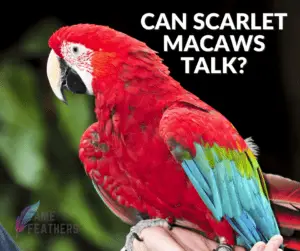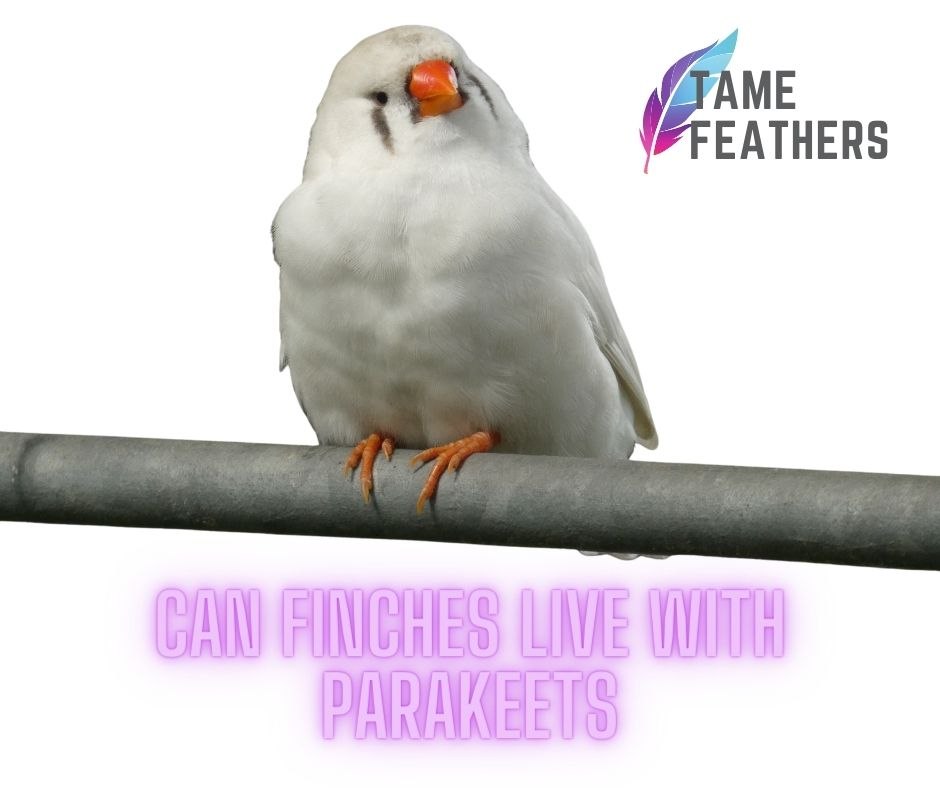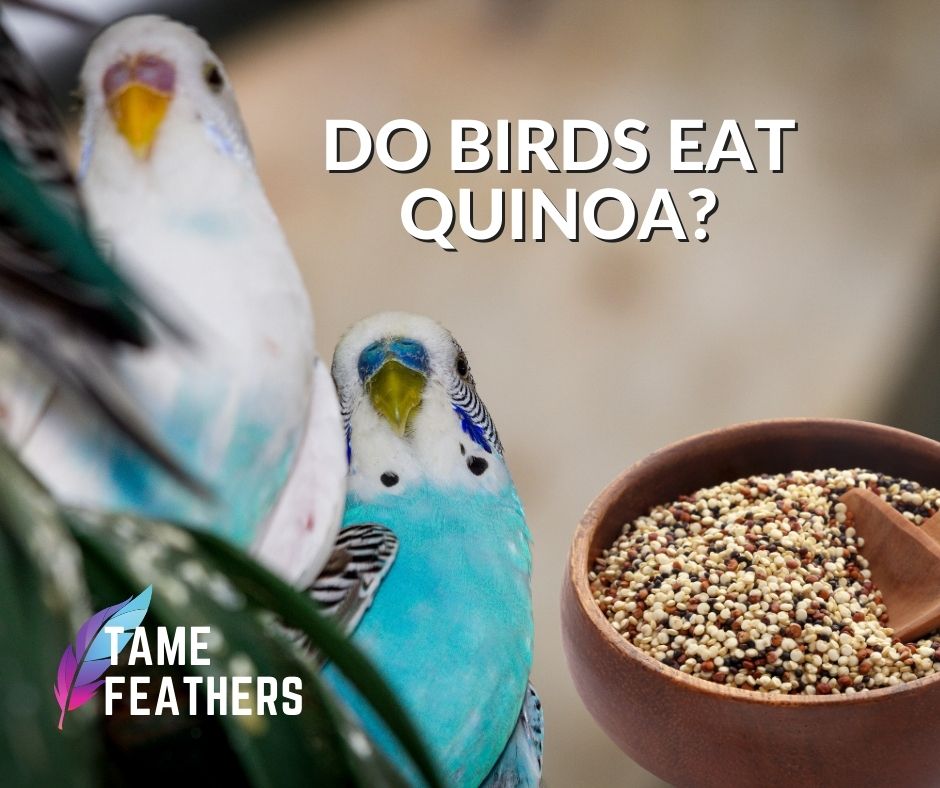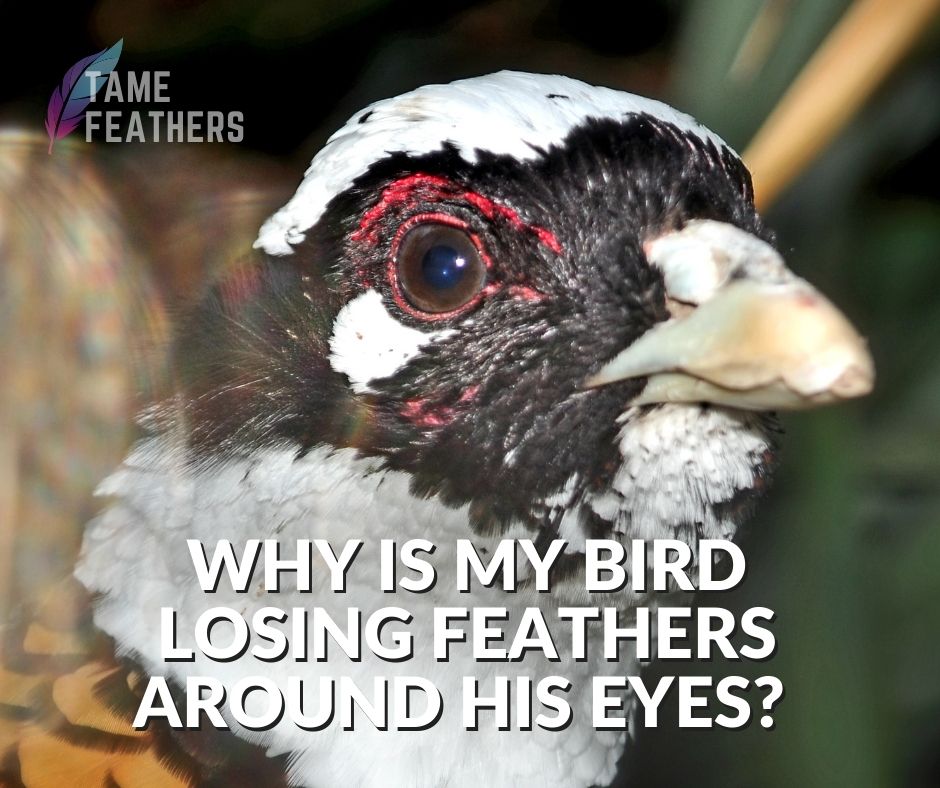Ever have a conversation with your parakeet?
Although their squawks, chirps, and whistles may initially appear to be gibberish, parakeets actually have a lot to say.
This article will assist you in solving the puzzle of parakeet squawking if you’ve ever wished to grasp the language of your pet bird.
Discover how much our feathery friends can say without using words, from merry songs about food to warning screams for danger.
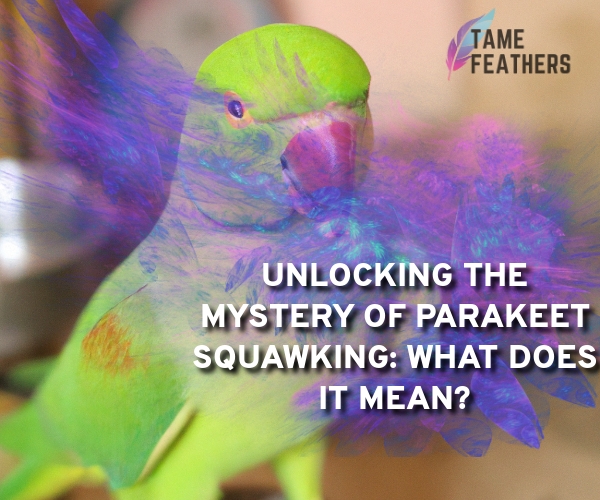
Parakeet Language Basics
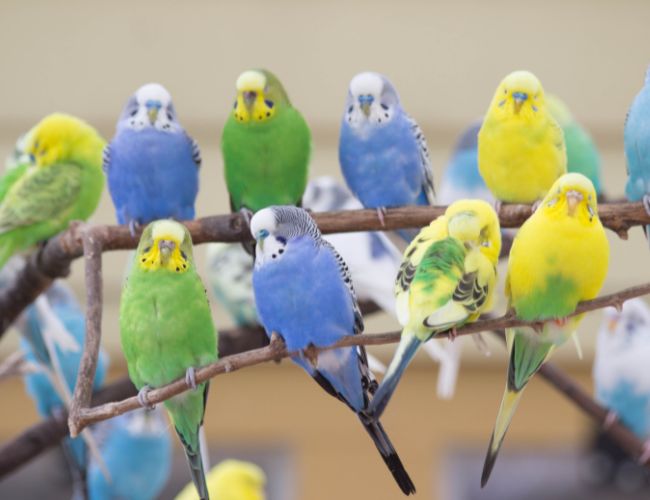
The language of parakeets can be quite complex and understanding what your feathered friend is trying to communicate requires a little bit of skill.
To get started, it’s important to familiarize yourself with the basics of parakeet communication.
Parakeets use a variety of sounds and body language
to communicate with each other, so it’s important that you pay close attention to these subtle cues in order to better understand the conversations they are having with one another.For example, if your parakeet is chirping or whistling loudly, this usually indicates excitement or happiness.
Conversely, if your bird is making softer chirps and trills then this often means contentment or relaxation.
It’s also worthwhile noting that when birds are distressed they will often make louder sounds than usual as a way of warning their flockmates about potential danger nearby.
By paying close attention to the different tones used by your pet you can start deciphering its language more easily over time.
Another key part of understanding the coded language of parakeets lies in recognizing their physical postures and behavior patterns too.
For instance, if your bird has its feathers fluffed up then this typically suggests fear whereas if it’s preening itself vigorously then this normally implies joy instead.
Furthermore, certain movements such as bobbing heads or wings also hold unique meaning for these animals which may not always be immediately apparent at first glance, but once you learn how these postures correlate with particular messages from your pet you’ll soon become fluent in their foreign tongue!
Interpreting Your Pet’s Calls
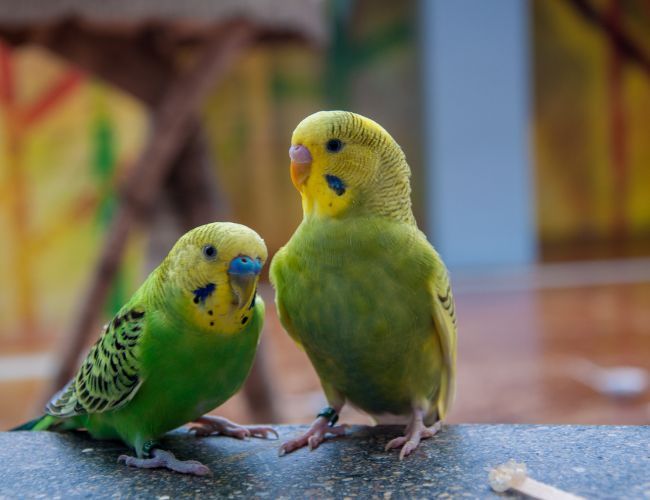
Once you’ve gotten used to interpreting what all the various noises mean on an individual basis (e.g. some types indicate aggression while others imply curiosity), then it becomes much easier to discern what conversations might be taking place between multiple birds at once.
After all, just like humans, speaking multiple languages simultaneously can create confusion.
To put things into perspective let’s take a look at an example: say two birds have been engaged in conversation but suddenly one stops mid-sentence. In this case, we could assume that either something has startled them both (perhaps there was an intruder outside?).
Perhaps, one bird simply doesn’t feel comfortable continuing due its current mood/state? Regardless by listening closely we should eventually be able pick up on certain clues within specific contexts which help us translate our pet’s words more accurately over time!
Analyzing Contextual Cues
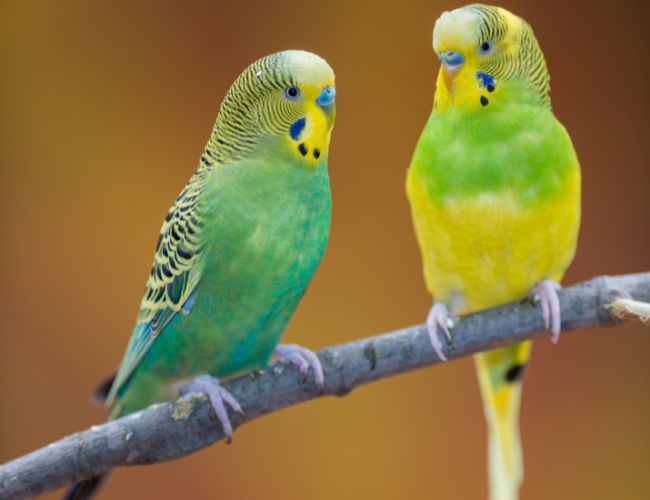
In addition analyzing contextual cues such as where exactly two birds were positioned when conversing (i.e. near each other or far away) can provide further insight into any given scenario.
For instance two birds located closer together would likely suggest friendly chatter whereas those placed farther apart would potentially hint towards hostile exchanges instead.
In scenarios like these, being aware of social norms amongst members within same species helps us determine whether interactions between individuals are positive negative etc.
Understanding Social Hierarchies
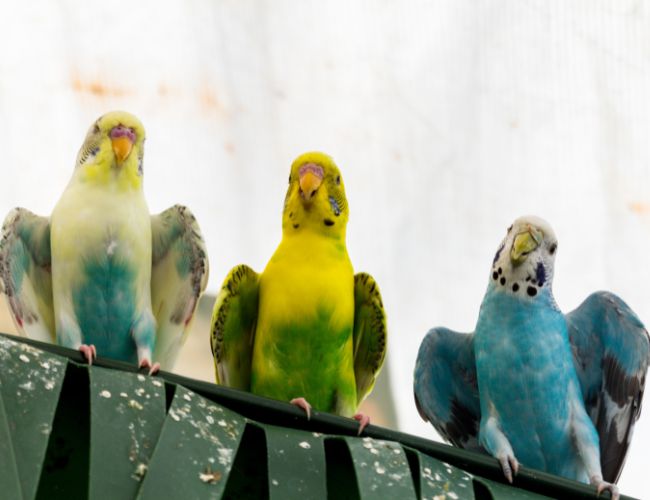
Furthermore understanding social hierarchies within groups plays yet another vital role when decoding avian dialogues because depending upon who said what, etiquette dictates how responses should be handled accordingly.
So, by getting accustomed with typical stances taken by leaders subordinate roles etc, we gain greater clarity around proceedings taking place during chats amongst members belonging same flock/family unit etc.
Reading Body Language

Lastly reading body language provides great insight into overall atmosphere surrounding any given conversation.
In order to make the most out of this practice, it is worthwhile to look out for signs such as crouching, eye contact, head shaking etc. These movements ultimately tell us what type of message(s) participants intend to convey during exchange.
Therefore, it helps us interpret those momentary communication better over time.
Have You Tried This Gourmet Parrot Food?
We get so much good feedback on these Bistro Parrot Food packs! Our readers feathered friends are absolutely loving it! The best part is, it is suitable for all birds and parrot-types. Parakeets, Cockatiels, African Greys, etc. Check it out…
[amazon box=”B086KLFSZQ”]
We Thought You Might Want To Know This About Parakeets… 😊
Thanks for reading this article: “Unlocking The Mystery Of Parakeet Squawking: What Does It Mean?” Seeing as you were interested in this topic, you might find the following articles useful, too!
Have a read of these…
can parakeets eat plums,
are parakeets messy,
can parakeets drink tap water

